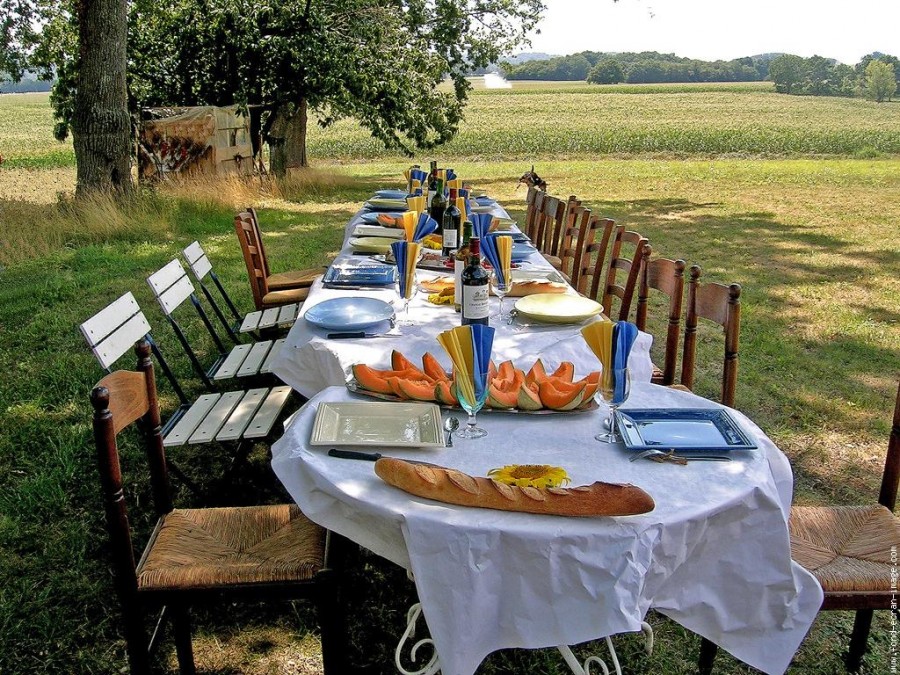ROME – In Italy there are still treasures to be discovered. Even in Rome or Pompeii a lot of artistic masterpieces are often abandoned or laying in ruins, but many other works of art of incalculable value are still to be found.
This has just happened in Tarquinia, an Etruscan city in the province of Viterbo, 90 km far from Rome, well-known for its wonderful necropolises: 6,000 tombs, 200 of them decorated with marvelous wall paintings included on the UNESCO World Heritage List.
There, under the dust of time, archaeologists from the University of Turin have recently discovered a sepulcher dated 2,700 years ago, and unbelievably intact.
Tumulus of the Queen, discovered in 2011, in the area of the new campaign
Tumulus of the Queen, discovered in 2011, in the area of the new campaign
Inside, the skeleton of an Etruscan prince lies on his stone grave nearby weapons, china, and even an unguentarium still hanging on the wall with its nail. This is something so rare that it will probably be called the “Tomb of the suspended aryballos”. The aryballos is a small spherical flask with a narrow neck used in ancient times to contain perfumes or oils, and often depicted in wall paintings.
Furthermore, hidden in delicate votive pots there are jewels – even made of gold – and seals of the nobleman disappeared in the 7th century b. C. under the reign of Tarquinio Prisco, the fifth king of Ancient Rome and native of Etruria.
The archeologists also found finely decorated pottery, a lance, a javelin, and possible fragments of an armor. The tomb walls are decorated with frescos apparently simple but unusually refined for the period. Particularly surprising is the fact that they don’t seem to represent scenes of the afterlife, as usual, but episodes of daily life. Perhaps the frescos served a different purpose, as a connection between the living and the dead, considering that in the area was also found a courtyard (a small agora) in a bigger necropolis.
A couple of years ago, researchers recovered fragments of a sphinx, a two meter tall statue located on top of the grave as if it was the last keeper of both the living and the dead. According to the researchers, Etruscan kings and princes were buried in the area.
The extraordinary discovery of the tomb in Tarquinia is the result of many years of investigations carried out by the team of Alessandro Mandolesi, Professor of Etruscology and Italic Antiquity at the University of Turin. This is the sixth excavation campaign since 2008. “The tomb – he explains – belonged to a noble family, given its proximity to the main tumulus. When we removed the slab that covered it, the grave we found was probably the second one. We are still working on it. Yet the integrity of the monument is something really amazing.”




























